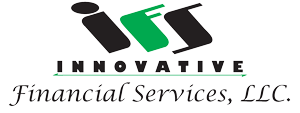Positive pay is a service offered by banks that is designed to reduce fraudulent check-cashing against your account. If you prefer to write checks (as opposed to using ACH transactions), your company will likely benefit from this service.
When you activate positive pay, you must send a list of checks that you have written to the bank. The bank will not cash those checks against your account unless the check number, dollar amount, and account number match. Your list may also include the date of the check and the payee. Some banks also match checks by payee, but not all of them, so be sure to ask about this.
If there is a mismatch among the checks presented for payment, the bank will treat the check as an exception and notify your company. You would then need to let the bank know whether to pay or exclude the exception check.
Positive pay helps to deter a couple of types of fraud:
- Checks where someone has changed the amount
- Blank check stock that has been stolen, even if you don’t know about it being stolen
Positive pay is not designed to prevent the type of fraud that occurs when checks are written to a ghost vendor and erroneously approved by management.
If you decide to use positive pay, have one person create the lists and another person actually write and/or sign the checks. This will give you better internal control.
The main challenge with positive pay is making sure you give the bank the list of checks before they are presented for payment, including any checks written manually. Another issue is that this service typically costs extra, although some banks offer it at no extra charge.
For companies worried about check fraud, consider looking into positive pay with your local bank.

